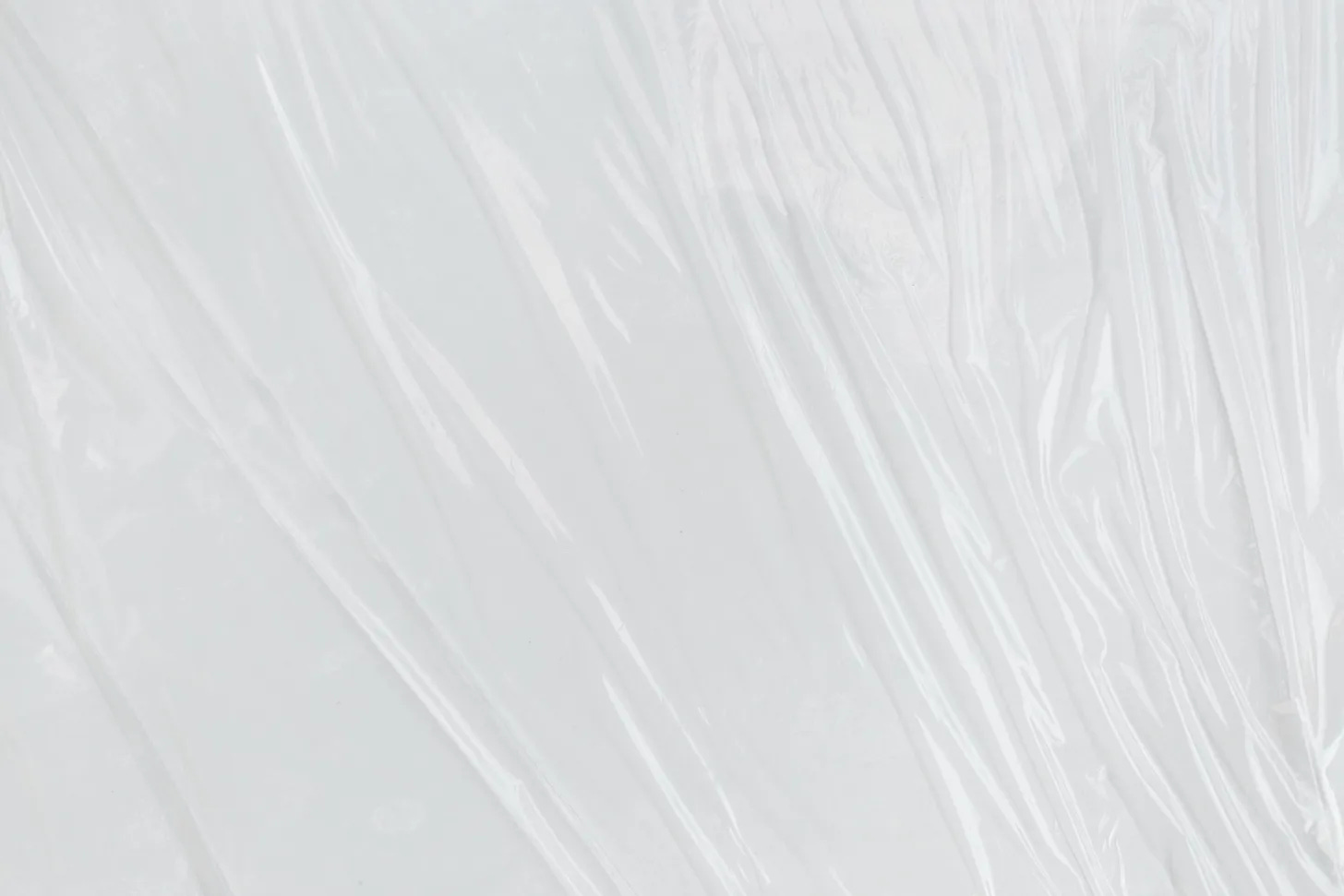The Space Between the Tekios
Understanding the Avodah of Tekias Shofar through the Lens of Yirmiyahu HaNavi
(This post was originally written last year and has been updated with some revisions. Feel free to print it and read over Rosh Hashanah—I’d love to hear your thoughts and feedback. Wishing you a Kesiva VeChasima Tova, Shui)
I would like to share a very old story that continues to resonate with us today.
Over two and a half millennia ago, Yirmiyahu HaNavi was merely a child when he received a prophecy. Hashem declared to him, "Before you were even formed in the womb, I had chosen you. Before your birth, I set you apart. I ordained you as a prophet to the nations." As Yirmiyahu matured, his mission became evident. He was directed to Yerushalayim to exhort its people to return to the observance of the Torah, cautioning that neglecting this call would lead to their exile. This is intricately described in the initial nineteen chapters of Sefer Yirmiyahu.
Embracing his Divine mandate, Yirmiyahu journeyed through the streets of Yehudah and Yerushalayim, passionately relaying his prophecies and …
Keep reading with a 7-day free trial
Subscribe to Shui’s Newsletter to keep reading this post and get 7 days of free access to the full post archives.



